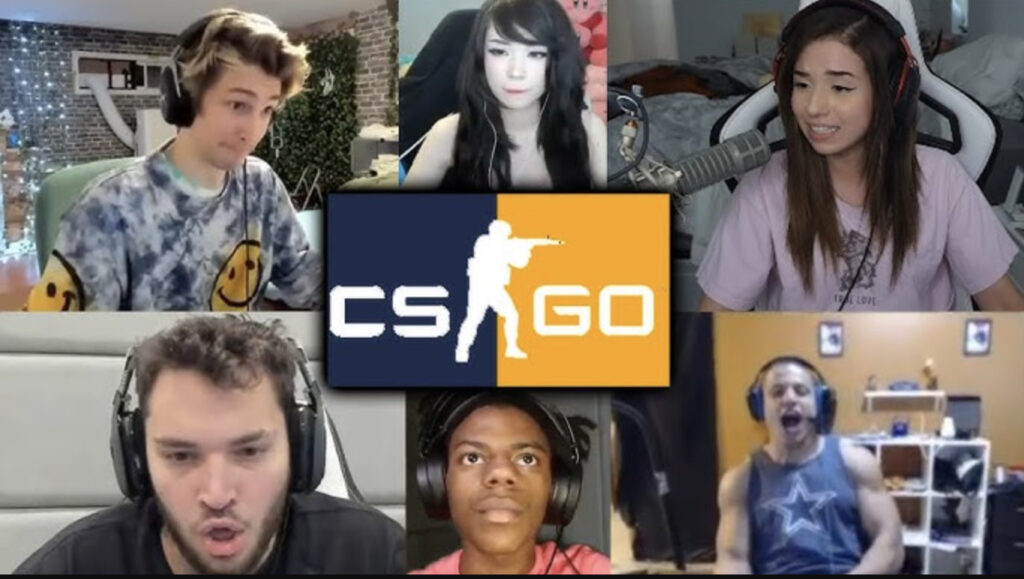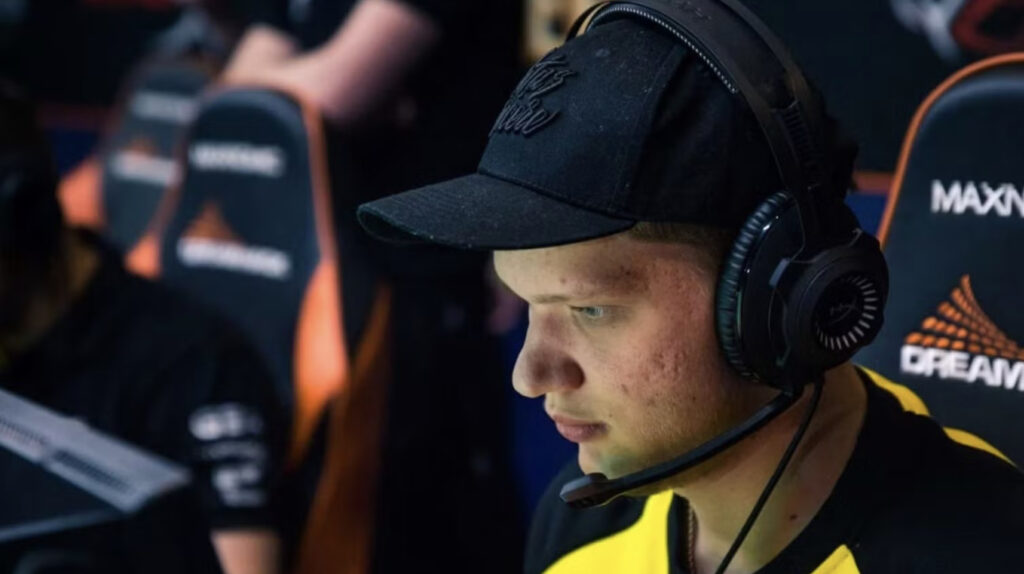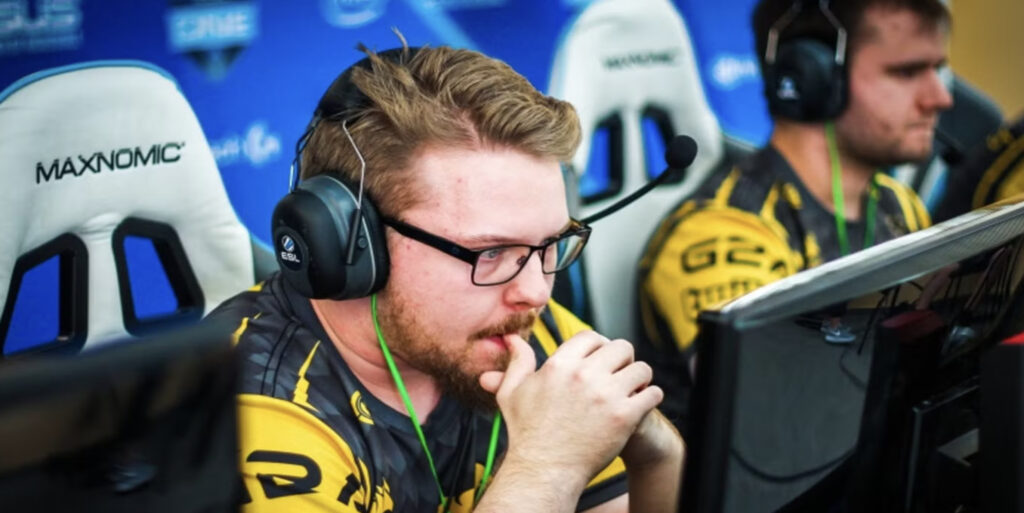
Introduction. The Growing Impact of Influencers and Streamers in Esports
The days when esports sponsorship meant a logo on a player’s jersey are long gone. Today, Twitch and YouTube personalities command stadium‑sized audiences from their bedrooms, and brands are lining up to borrow a slice of that attention. A single shout‑out from a popular creator can move more product than a month of banner ads, which is why companies – from energy‑drink giants to fintech start‑ups – are weaving influencer strategies into their marketing playbooks. Even niche verticals such as csgo gaiming have proved how quickly an on‑stream mention can turn curiosity into clicks.
Why Brands Are Turning to Streamers and Influencers
Traditional ads compete for attention; streamers already have it. Viewers tune in for hours‑long broadcasts, build parasocial bonds with hosts, and trust their recommendations almost as much as a friend’s. That authenticity, combined with surgical audience targeting (you can sponsor exactly the game, region, and age bracket you need), makes influencer partnerships one of the most cost‑effective ways to raise awareness or spark sales in the gaming space.
Types of Influencer Partnerships in Esports
- Direct sponsorship deals where a team or player is paid to display branding and mention the sponsor during official matches.
- Integrated branded content such as sponsored streams, highlight videos, or social posts that fold products naturally into the creator’s usual output.
- Special‑event collaborations – think influencer‑hosted show‑matches, charity cups, or in‑client skin giveaways – that create buzz and social‑media moments.
Case Studies: Successful Influencer Campaigns in Esports
- Red Bull
• Partnered with superstar streamers to produce the “Red Bull Gladiators” invitational series.
• Sponsored content segments were clipped and reposted on TikTok, generating 40 M+ additional impressions.
• Integrated product placement on desk cams led to a documented 12 % uplift in Red Bull retail sales among 18‑ to 25‑year‑olds the following month. - Logitech G
• Equipped creators with unreleased peripherals and embargoed review rights, turning launch day into a coordinated wave of unboxing videos.
• Ran affiliate codes that delivered double‑digit conversion rates and real‑time feedback on which creator’s audience was most responsive.
• Extended the campaign to live “gear clinics” on Discord where fans could troubleshoot setups with their favourite streamers. - Intel
• Co‑branded a mini‑documentary series following a semi‑pro CS team’s grind to tier‑one events, with clear “Powered by Intel” messaging.
• Supplemented long‑form YouTube episodes with behind‑the‑scenes Instagram Reels to capture casual scrollers.
• Measured a 6‑point lift in brand perception around “innovation” attributes in post‑campaign surveys. - Niche spotlight – csgo gambling
• Mid‑tier CS creators live‑streamed case‑opening sessions with transparent win/loss odds, addressing community scepticism.
• Viewers could claim in‑chat promo codes that tied first‑time deposits directly to the influencer, giving the platform a clear CPA figure.
• The approach turned a small betting site into a recognisable name within a month, illustrating the power – and controversy – of influencer marketing in grey‑area sectors.

Risks and Challenges of Influencer Marketing in Esports
Partnering with personalities is a double‑edged sword. The very authenticity that sells products can evaporate if a creator pushes too many #ad segments or endorses something out of step with their image. Communities are vocal, and backlash can spread faster than the original campaign. Brands also need to keep regulators happy: most territories now require clear sponsorship disclosure, and missing a #sponsored tag can invite fines as well as reputational damage. Striking the right tone – transparent but not clunky, enthusiastic but not forced – is an art form that demands close collaboration between marketers and creators.
Maximising ROI from Influencer Partnerships
Return on investment starts long before the first stream goes live. Smart brands vet creators on engagement quality, demographic fit, and past brand deals, not just follower counts. Clear KPIs – click‑throughs, sign‑ups, sentiment shift – guide creative decisions and help everyone judge success once the campaign wraps. Many companies now favour year‑round ambassador programmes over flash‑in‑the‑pan activations; the longer runway lets influencers weave products into their narrative more organically and delivers a steadier drip of conversions instead of a single spike.
Future Trends. Where Influencer Marketing in Esports Is Headed
Short‑form video is accelerating the feedback loop: TikTok edits and YouTube Shorts can send memes, moments, and marketing messages viral overnight. New platforms like Kick are dangling higher rev‑shares to lure top talent, which could reshuffle audience loyalties. Meanwhile, lifestyle crossovers – fashion drops, music collabs, even cookbook deals – are turning esports influencers into multi‑genre celebrities. Expect data to play an even bigger role; predictive analytics will help brands match with creators whose audience is about to care about their product, not just those who already do.

Conclusion
Influencers and streamers have become the connective tissue between brands and the esports audience – trusted guides who translate corporate slogans into language (and hype) gamers embrace. The channel isn’t without pitfalls, but when authenticity is protected, goals are clear, and community norms are respected, the payoff can dwarf traditional ad spends. As platforms, formats, and fan expectations evolve, one constant remains: the smartest marketing in esports will keep people – and the stories they tell – at the centre of every campaign.